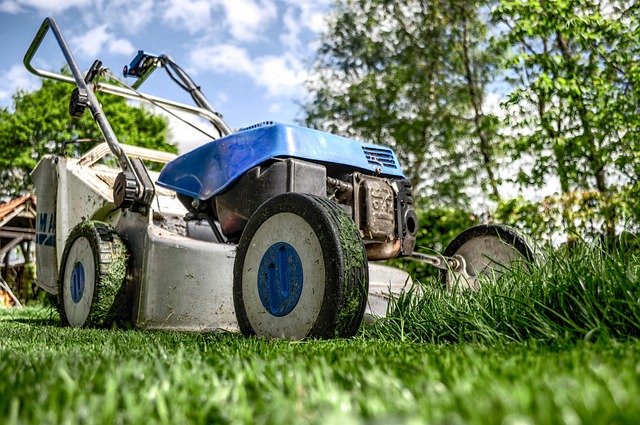Artificial Grass: How It Is Made and Used
Artificial grass is a type of surface that looks like real grass but is made from special fibers. It is often used in gardens, sports fields, and playgrounds because it stays green all year. In this article, you will learn how it is created, the different styles people choose, and the many ways it is used every day. This guide explains each step in simple words so anyone can understand how artificial grass became a popular choice around the world.

How is artificial grass manufactured?
The manufacturing process of artificial grass involves several steps to create a durable and realistic-looking product. It begins with the extrusion of polyethylene or polypropylene pellets into long, thin fibers. These fibers are then heated and stretched to increase their strength and resilience. Next, the fibers are twisted and texturized to give them a more natural appearance and feel.
The fibers are then tufted into a backing material, typically made of polyurethane or latex. This backing provides stability and allows for proper drainage. Finally, the tufted product is coated with additional layers of backing material to secure the fibers and enhance durability. The finished product is then rolled and prepared for distribution.
What are the different types of artificial grass?
Artificial grass comes in various types, each designed for specific applications and preferences. Some common types include:
-
Nylon artificial grass: Known for its durability and ability to withstand heavy foot traffic, making it suitable for sports fields and high-use areas.
-
Polyethylene artificial grass: Offers a softer, more natural-looking appearance and is often used for residential lawns and landscaping.
-
Polypropylene artificial grass: A more affordable option that is less durable but can be suitable for low-traffic areas or temporary installations.
-
Hybrid artificial grass: Combines synthetic fibers with natural grass seeds to create a surface that offers the benefits of both artificial and natural turf.
What are the primary uses of artificial grass?
Artificial grass has found applications in various settings due to its low maintenance requirements and year-round green appearance. Some common uses include:
-
Sports fields: Artificial turf is widely used in soccer, football, and baseball fields, providing a consistent playing surface regardless of weather conditions.
-
Residential lawns: Homeowners often choose artificial grass to maintain a lush, green lawn without the need for watering, mowing, or fertilizing.
-
Commercial landscaping: Businesses and public spaces use artificial grass to create attractive, low-maintenance outdoor areas.
-
Indoor sports facilities: Synthetic turf is used in indoor soccer arenas, batting cages, and golf simulators.
-
Pet areas: Artificial grass is popular for dog runs and pet play areas due to its durability and ease of cleaning.
What are the advantages of using artificial grass?
Artificial grass offers several benefits that make it an attractive option for various applications:
-
Low maintenance: It eliminates the need for mowing, watering, and fertilizing, saving time and resources.
-
Water conservation: Artificial grass does not require irrigation, making it an environmentally friendly choice in water-scarce regions.
-
Durability: High-quality artificial grass can withstand heavy use and maintain its appearance for many years.
-
Consistent appearance: It provides a lush, green look year-round, regardless of weather conditions or seasons.
-
Versatility: Artificial grass can be installed in areas where natural grass may struggle to grow, such as shaded spots or rooftop gardens.
What factors should be considered when choosing artificial grass?
When selecting artificial grass for a specific application, several factors should be taken into account:
-
Intended use: Consider the level of foot traffic and type of activities the surface will need to withstand.
-
Pile height and density: These factors affect the look and feel of the artificial grass, with denser, taller options often providing a more natural appearance.
-
Infill material: Some artificial grass products require infill to provide stability and cushioning. Common infill materials include sand, rubber granules, or organic materials.
-
UV resistance: Look for products with UV-resistant fibers to prevent fading and degradation from sun exposure.
-
Drainage capabilities: Ensure the artificial grass has proper drainage features to prevent water accumulation.
-
Warranty and expected lifespan: Consider the manufacturer’s warranty and the expected durability of the product based on its intended use.
Artificial grass has evolved significantly since its introduction, offering increasingly realistic and functional alternatives to natural turf. By understanding how it is manufactured, the various types available, and its diverse applications, consumers can make informed decisions about incorporating artificial grass into their projects. As technology continues to advance, it is likely that artificial grass will find even more uses and improvements in the future.




